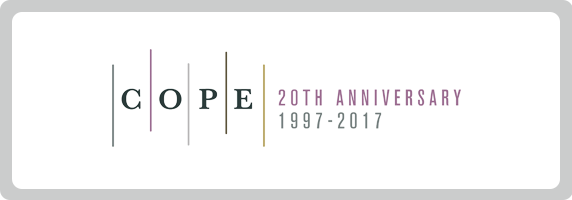ASSESSMENT OF FOUR LEMON GRASS PHYTOCHEMICALS AS ALTERNATIVE NEMATICIDE FOR ROOT-GALL NEMATODE CONTROL ON TOMATO (Lycopersicon esculentum L.)
Abstract
The pesticidal value of a plant is a function of the phytochemicals it contains. This study evaluated the effectiveness of lemon grass (Cymbopogon citratus) phytochemicals on M. incognita infection on tomatoes in in vitro and greenhouse experiments. Results showed that the commercial synthetic nematicide (Furadan), alkaloids, tannins, flavonoids, and saponins all indicated the highest nematode mortality at the highest concentration after 72-hour exposure in vitro. However, at the lowest concentration of 10 mg/ml, furadan and alkaloids gave the same results statistically, achieving the highest nematode mortality of 100%. Phytochemicals under screenhouse conditions reduced the number of galls and the root-gall index on tomatoes while enhancing plant growth parameters. Furadan and alkaloids were, however, not significantly (P<0.05) different in causing the least reduction recorded in the number of galls and root-gall index on tomato plants inoculated with 1000 infective juveniles (J2s). The impact of Furadan showed a significant decrease in the number of galls from 32.00 to 0.00 and for alkaloids, 34.00 to 0.80 at 5 ml/pot, respectively. The root-gall index was also reduced from the severely galled index of 4.00 in control plants to a no infection status of 0.00 on applying Furadan and alkaloids at 5 ml, respectively. Plant heights, number of leaves, shoot weights, and root weight were highest when furadan and alkaloids were applied compared to other phytochemicals and the untreated control. This study, therefore, suggests that C. citratus-based phytochemicals possess strong nematicidal effects and can be used effectively in an integrated disease management program against root-knot nematodes.





